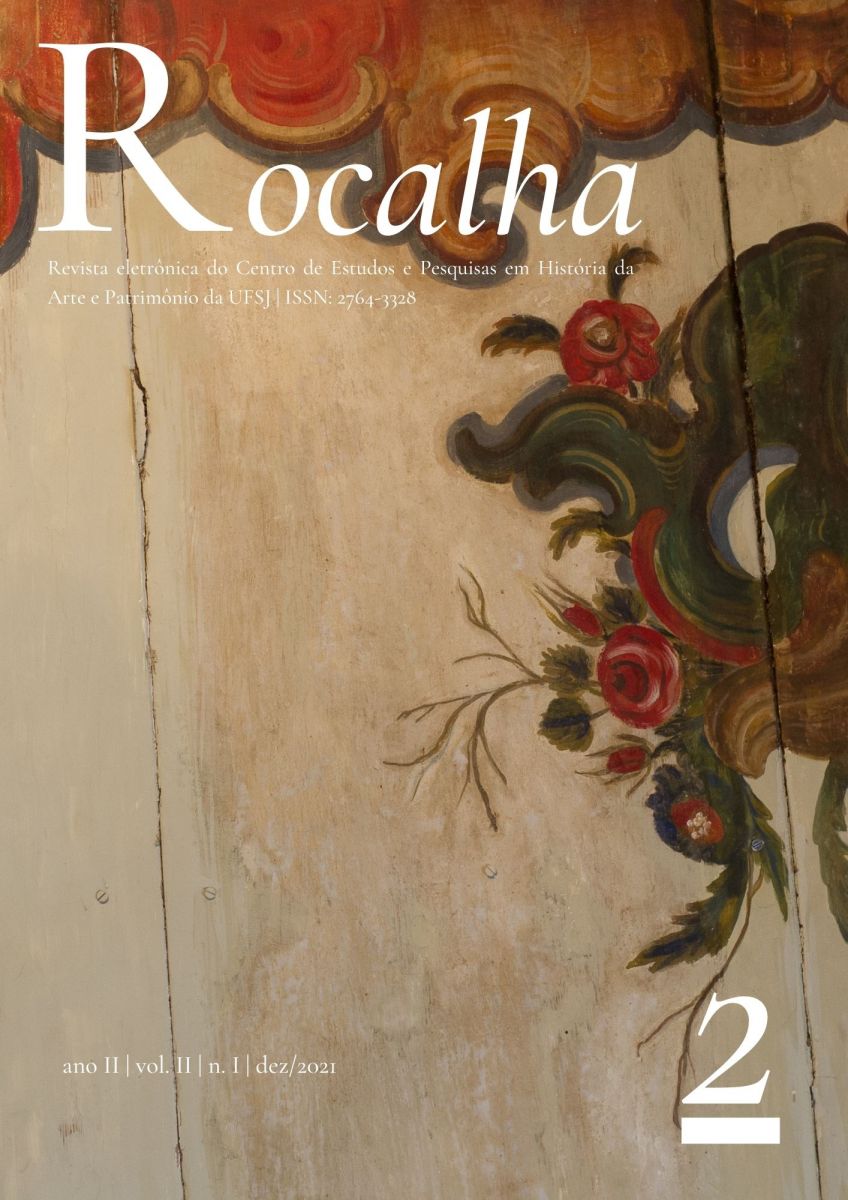Considerações acerca da desterritorialização da antiga Matriz da Sé de São Paulo
Resumo
Resumo: Até chegar a atual conformação da Catedral da Sé de São Paulo, a matriz passou por sucessivas reformas que proporcionaram a consequente territorialização e desterritorialização de seu conjunto, processo esse que envolve tanto sua estrutura arquitetônica, quanto seus bens móveis sacros, aqui exemplificados por seus retábulos, esculturas e pinturas, que são transferidos para os Museus de Arte Sacra de São Paulo e Paulista da Universidade de São Paulo, bem como para outras igrejas paulistanas. Considerando-se, então, sua demolição no ano de 1912, para que a atual catedral tivesse sua construção iniciada, observa-se ainda na mudança de endereço do templo uma nova conformação territorial, abrangendo a nova orientação espacial da própria fachada, que passa a ser voltada para a Sé de Roma, estabelecendo, portanto, um vínculo importante com os preceitos Ultramontanos, dos quais a Igreja se torna tributária, ao implantar não apenas a arquitetura neogótica, como também novas conformações visuais para esculturas, pinturas e retabulística atreladas aos mesmos preceitos. Portanto, o presente artigo visa analisar esse processo de territorialização e desterritorialização, problematizando-o dentro de uma perspectiva patrimonial eclesiástica ocorrida na cidade de São Paulo, na virada do século XX.
Palavras-chave: Catedral da Sé; Territorialização; Patrimônio; Arquitetura Neogótica; Igreja Ultramontana
Considerations about the Deterritorialization of the São Paulo’s Old Mother Church.
Abstract. Until arriving at the present conformation of the Sé Cathedral of São Paulo, the Mother Church underwent through successive reforms that provided with the consequent territorialization and deterritorialization of its complex. This process involves both its architectonic structure and its sacred movable assets, here exemplified by its retables, sculptures and paintings, that are transferred to the São Paulo Sacred Art Museum and to The Paulista Museum of the University of São Paulo, as well as to other Paulista churches. Thus, considering its demolishing in 1912 for the present Cathedral to be built, one yet observes the changing of address of the temple, a new territorial conformation, which encompasses the new façade orientation to the Vatican, in Rome. This establishes, furthermore, an important connection with the Ultramontane precepts, of which the Church becomes tributary, by implanting not only the Neogothic architecture, but also brings new visual conformations to sculptures, paintings and retables drawn to the same precepts. Furthermore, the present paper aims at analyzing this territorialization and deterritorialization process, by problematizing it into an ecclesiastical patrimony perspective occurred in the city of São Paulo, at the turn of the 20th century.
Key-Words: Sé Cathedral; Territorialization; Patrimony; Neogothic Architecture; Ultramontane Church




